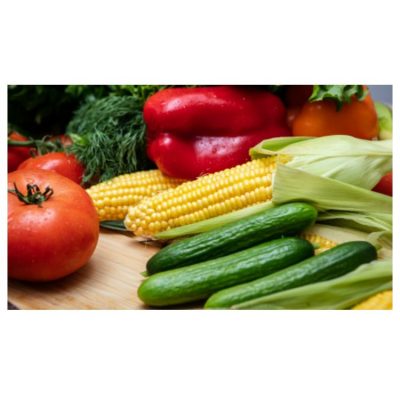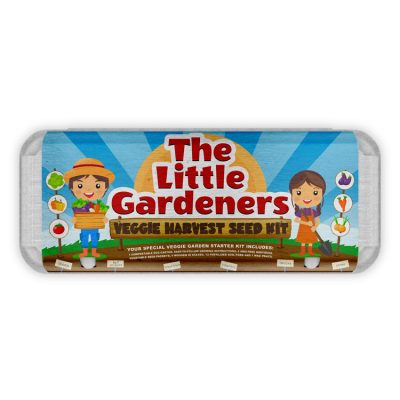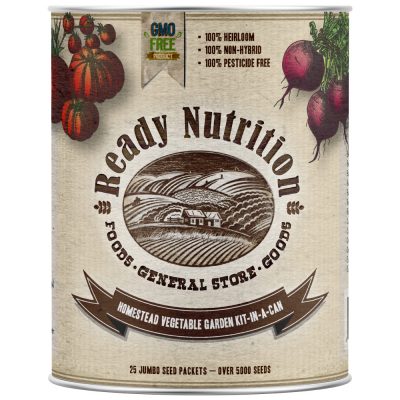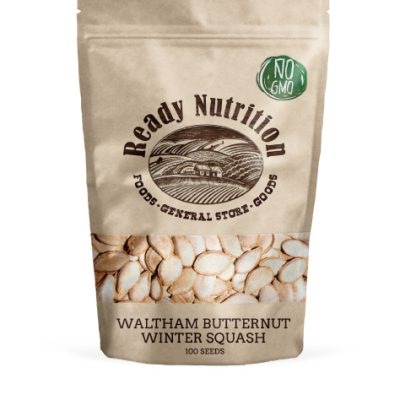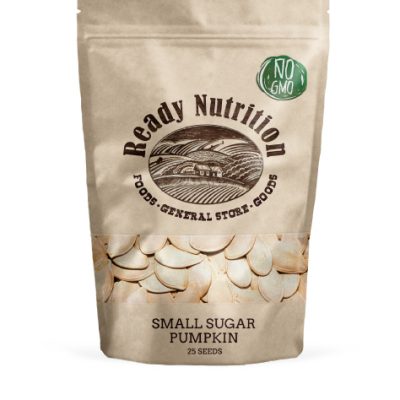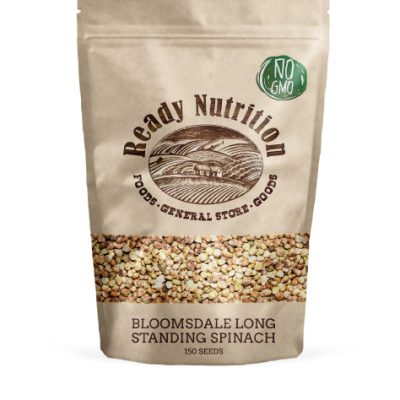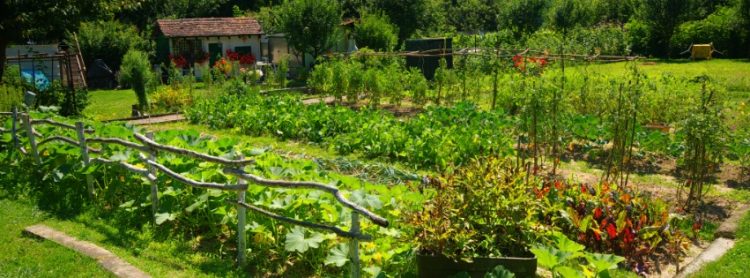
That’s a big question with a big answer! On average, Americans consumed 48.3 pounds per person of potatoes, 28.3 pounds of tomatoes, and 7.7 pounds of onions per person in 2015. With these being the top vegetables consumed, you may want to consider adding them to your garden. Of course, in a long-term emergency, that number would greatly increase solely because of the additional physical activity. That said, plant enough plants to have for food, and to have left over for canning and preserving for the winters.
Plan for a well-rounded harvest with foods that can account for carbohydrates, vitamins, and nutrients.
According to a gardening guide, these are the number of plants to plant per person for an ample food supply.
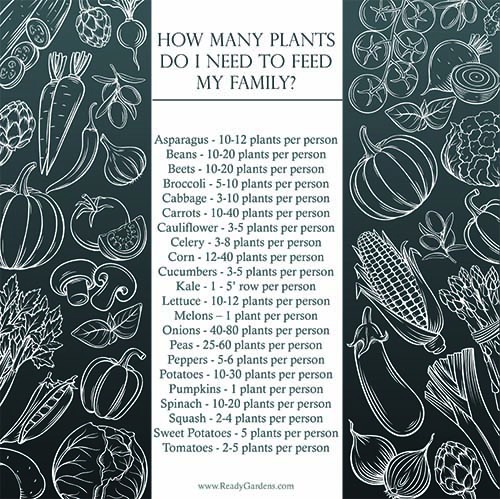
Clearly, growing your own food sources will take up a lot of outdoor space, but it is possible. Utilizing patio space and verticle walls could also add more growing room for the vegetable garden. With the soaring food prices these days, this may become a viable option for families who are looking for ways to expand their budgets.

